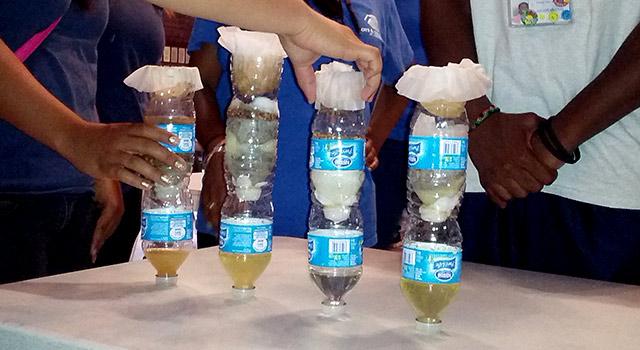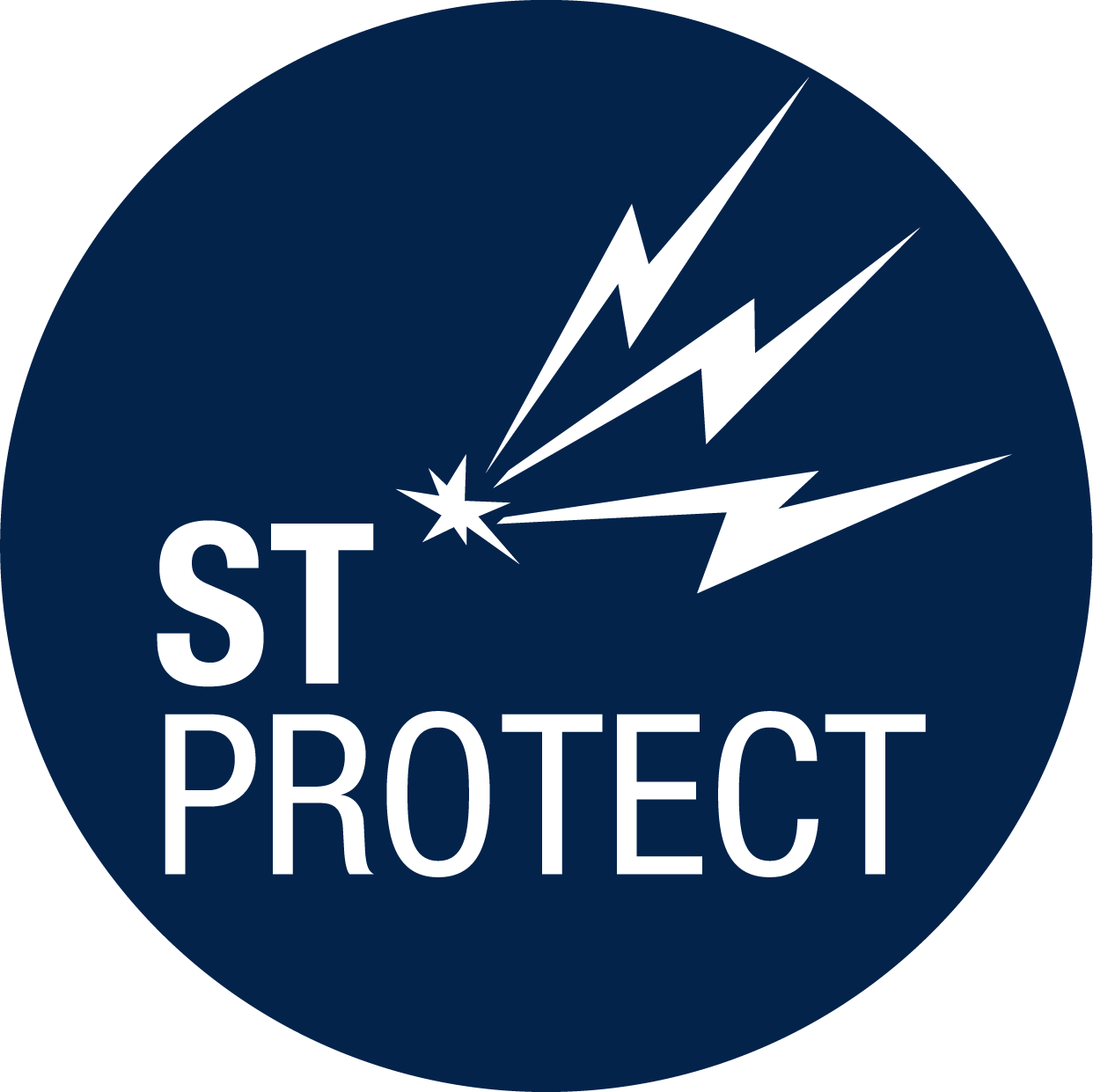The pathway to approval for a medical device depends on its risk classification.
Device Application Process
Because there is so much variation in the classification of devices, developers have a variety of options.
English Grade 3
Safety Devices has been designing and manufacturing roll cages (Roll Over Protection) for over 40 years. In fact our subsidiary, Aley Bars, has been making motorsport roll cages since the mid 1960’s when John Aley introduced the first roll cages to European motorsport. Safety Light Curtains. Safety light curtains protect personnel from injury and machines from. Type III barricades provide a clear signal to motorists of lane closures and detours. All configurations are fully tested, MUTCD compliant, and NCHRP 350 accepted. T3B barricade panels are easily assembled, highly portable, strong, lightweight, and virtually unbreakable. Look at each picture. What causes the force that slows down or stops the movement? Picture The movement that is being slowed or stopped. The thing that causes the force that slows down or stops the movement. 1 - Tire The truck rolling forward/backwards. Block pushes against the tire. 2 - Parachute 3 - Boat 4 - Baby Car Seat 5. Look at each picture. What causes the force that slows down or stops the movement? Picture The movement that is being slowed or stopped. The thing that causes the force that slows down or stops the movement. 1 - Tire The truck rolling forward/backwards. Block pushes against the tire. 2 - Parachute 3 - Boat 4 - Baby Car Seat 5.

Federal Food, Drug, and Cosmetic Act, section 513, established the risk-based device classification system for medical devices. Each device is assigned to one of three regulatory classes: Class I, Class II or Class III, based on the level of control necessary to provide reasonable assurance of its safety and effectiveness.

As device class increases from Class I, to Class II to Class III, the regulatory controls also increase, with Class I devices subject to the least regulatory control, and Class III devices subject to the most regulatory control.
Safety Devices Grade 3 Exam
| Device Pathways to Market | |
|---|---|
| Most exempt from premarket submission (Class I) | |
| Premarket Notification [510(k) (Class II) Special Controls - E.g., meeting FDA-recognized performance standards, postmarket surveillance, patient registries | |
| Premarket Application [PMA] (Class III) Life-supporting, life-sustaining or important in preventing impairment of human health | |
| 'De Novo' Device “types” that have never been marketed in the U.S., but whose safety profile and technology are now reasonably well understood | |
| Humanitarian Device Exemption (HDE) Devices for orphan diseases Intended to benefit patients in diagnosis and/or treatment of disease or condition affecting or manifested in fewer than 4,000 patients per year in the United States | |
The regulatory controls for each device class include:
510(k)
Requires proof that the devices is substantially equivalent (SE) to a legally marketed device that is not subject to Premarket Approval (PMA).
Substantial Equivalence
A device is considered substantially equivalent if it has the same intended use and the same technological characteristics as a legally marketed device. A legally marketed device was:
- legally marketed prior to May 28, 1976 ('preamendments device'), for which a PMA is not required, or
- reclassified from Class III to Class II or Class I, or
- found substantially equivalent through the 510(k) process.
Safety Devices Grade 3 Exam

Applicants must compare their device to one or more similar legally marketed devices and make and support their substantially equivalent claims. If the device is substantially equivalent to an approved medical device, it is placed in the same class. If it is not substantially equivalent, it becomes non-SE and is placed into Class III.
Examples of 510(k)s include x-ray machines, dialysis machines, fetal monitors, lithotripsy machines, and muscle stimulators.
Premarket Approval (PMA)
PMA refers to the scientific and regulatory review necessary to evaluate:
- the safety and effectiveness of Class III devices or
- devices that were found not substantially equivalent to a Class I or II predicate through the 510(k) process.
PMA is the most involved process. To reasonably determine that a device is safe and effective. PMA requires:
Safety Devices Grade 3 Assessment

- scientific evidence that the possible benefits to health from the intended use of a device outweigh the possible risks
- that the device will significantly help a large portion of the target population.
Safety Devices Grade 3 Test
Independence is an important concept for PMAs, meaning that each PMA should establish the safety and effectiveness of the device under review, and that data about one device cannot be used to support another.
Examples of PMAs include digital mammography, minimally invasive and non-invasive glucose testing devices, implanted defibrillators, and implantable middle ear devices.